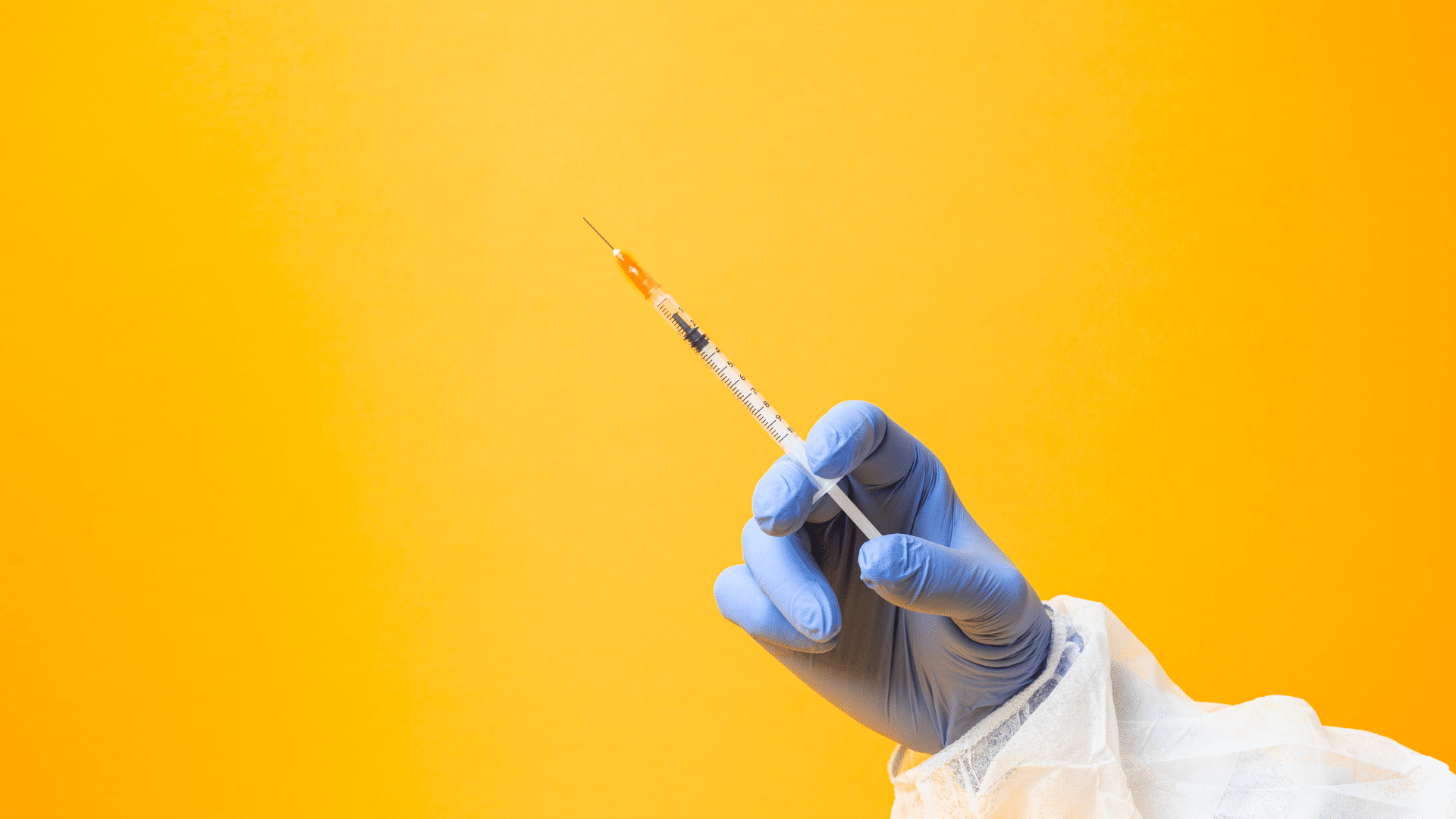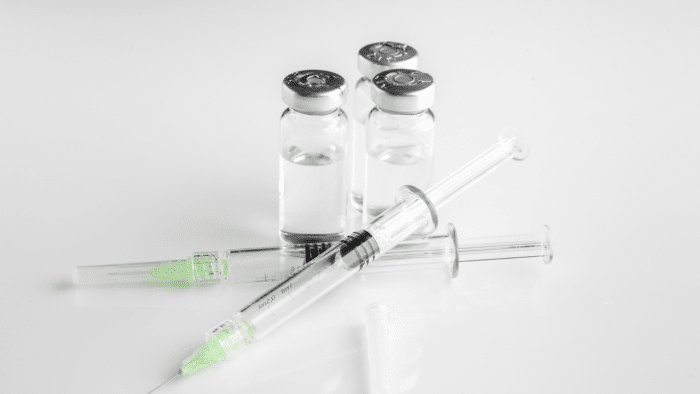
Recent studies have shed light on the ingredients that constitute Restylane, a popular dermal filler. This crystal-clear injectable gel contains hyaluronic acid (HA), a natural substance already in the body. Crosslinked with BDDE, an essential ingredient, Restylane forms a network that provides longer-lasting results.
Restylane, approved by the U.S. Food and Drug Administration (FDA), effectively addresses facial wrinkles and folds. Derived from non-animal stabilized hyaluronic acid (NASHA), it offers a biodegradable solution for enhancing lips, minimizing wrinkles, and adding volume to cheeks. However, individual responses vary, necessitating a thorough understanding of its safety profile.
This article explores the science behind Restylane’s formulation and its components and provides insights for medical professionals and patients. Whether you’re considering treatment or seeking evidence-based information, our comprehensive analysis will guide you.
Key Takeaways
- Restylane dermal fillers contain vital ingredients such as hyaluronic acid and stabilizing agents, which are crucial to the product’s performance and longevity.
- Understanding the safety profiles of Restylane fillers is essential for medical professionals to mitigate potential risks, including allergic reactions, hypersensitivity, and contraindications.
- Restylane’s manufacturing processes and quality control measures ensure product safety and efficacy, providing medical professionals with confidence in the products they use for treatments.
About: DoctorMedica is your trusted supplier of top-quality dermal fillers, viscosupplements, and more for your medical practice. We offer genuine products from leading brands at the lowest prices in the market. If you’re looking to order Restylane online for your practice, the sales representatives at Doctor Medica can give you guidance.
Key Ingredients of Restylane Dermal Fillers

Hyaluronic acid is the star in Restylane fillers. It acts like a sponge in the skin, pulling in water, which helps keep the skin looking full and smooth. Because it’s a sugar naturally found in our bodies, it plays well with our tissues, making these injections both effective for adding volume and safe.
Stabilizing agents in Restylane dermal fillers play a crucial role. They help keep the hyaluronic acid stable and effective, essential for smooth, natural-looking skin results that last longer. These agents make the gel strong enough to resist being broken down too quickly in the body, ensuring that Restylane fillers give long-lasting hydration and volume to the skin.
Safety Profiles of Restylane Dermal Fillers

Allergic reactions and hypersensitivity to Restylane fillers are possible but don’t happen often. The main ingredient, hyaluronic acid, usually works well with the body because it’s a natural part of our skin.
Before getting these fillers, doctors should ask patients about their medical history. This process helps them determine if they have had allergic reactions (read more about Restylane swelling lips) or sensitivities before, especially to the anesthetics used during the procedure.
Some people should not get Restylane fillers, including those with bleeding disorders or allergies to the fillers’ ingredients. Also, it’s not safe if someone has an active infection near where they would get the injection.
Manufacturing Processes and Quality Control Measures

The manufacturing process includes strict quality control steps. Making Restylane fillers starts with breaking the gel into a smooth, injectable gel. The process continues beyond that. Each batch goes through rigorous quality checks.
These checks ensure that the filler is safe and works well. They look at the amount of the active ingredient and whether it’s pure enough.
The right mix of ingredients matters a lot for products like Restylane Kysse. To get this mix right, makers use advanced tech and pay close attention to details such as polymer concentration and cross-linking ways.
Quality Control Measures to Ensure Product Safety and Efficacy

Quality control ensures that every product is safe and works well. Companies test all ingredients for safety and follow strict rules.
They check everything from raw materials to the final product. Testing includes seeing if the product is pure, stable, effective, and safe.
Teams also work closely with suppliers to ensure all materials meet high standards. They pay attention to details like polymer concentration and how the fillers are designed. This careful work helps ensure that treatments are practical and safe for everyone who uses them.
Conclusion
Understanding the key ingredients and safety profiles of Restylane dermal fillers is essential for medical professionals to provide safe and effective treatments for their patients. By comprehending the roles of hyaluronic acid and stabilizing agents, as well as the potential risks and contraindications associated with Restylane fillers, medical experts can make informed decisions and ensure the well-being of their patients.
Additionally, the stringent manufacturing processes and quality control measures employed by Restylane’s manufacturer underscore the company’s commitment to product safety and efficacy, instilling confidence in using these dermal fillers for aesthetic treatments.
FAQs
1. What’s in Restylane that makes it work?
Restylane contains hyaluronic acid, a substance your body naturally produces. It helps smooth out wrinkles and add volume to the skin.
2. Is Restylane safe for everyone?
Yes, but if you have specific allergies or skin conditions, it’s best to talk with a doctor first.
3. Can Restylane cause any side effects?
Swelling, redness, and pain at the injection site are pretty standard but usually go away on their own.
4. How long does Restylane last once you get it done?
Expect the results to stick around for 6 to 18 months before your body gradually absorbs it.
5. Do I need to do anything special after getting Restylane injections?
No. For the first day or so, avoid extreme temperatures and strenuous exercise to let the treatment settle in nicely.
References
Galderma. (2021). Restylane Product Brochure. Retrieved from https://www.galderma.com/us/sites/default/files/2021-02/Restylane%20Jan%202021.pdf
Lafaille, P., & Benedetto, A. (2010). Fillers: contraindications, side effects, and precautions. Journal of cutaneous and aesthetic surgery, 3(1), 16–19. https://doi.org/10.4103/0974-2077.63222
Wongprasert, P., Dreiss, C. A., & Murray, G. (2022). Evaluating hyaluronic acid dermal fillers: A critique of current characterization methods. Dermatologic therapy, 35(6), e15453. https://doi.org/10.1111/dth.15453
Related Articles
Joanna Carr
Restylane Silk Lips: Achieving Natural-Looking Lip Enhancement
Restylane offers a crystal-clear injectable gel that smooths wrinkles and adds volume to the skin. Shop at Doctor Medica today.
Joanna Carr
Comparison of Saypha and Radiesse Dermal Fillers
Interested in learning more about A Comparison of Saypha and Radiesse Dermal Fillers? Browse Doctor Medica's comprehensive archive of blog posts.
Doctor Medica team
Ellanse Problems – Side Effects Rare, Common, Mild, Serious
Common Ellanse side effects include redness, swelling, and bruising, which are typically mild and temporary.


